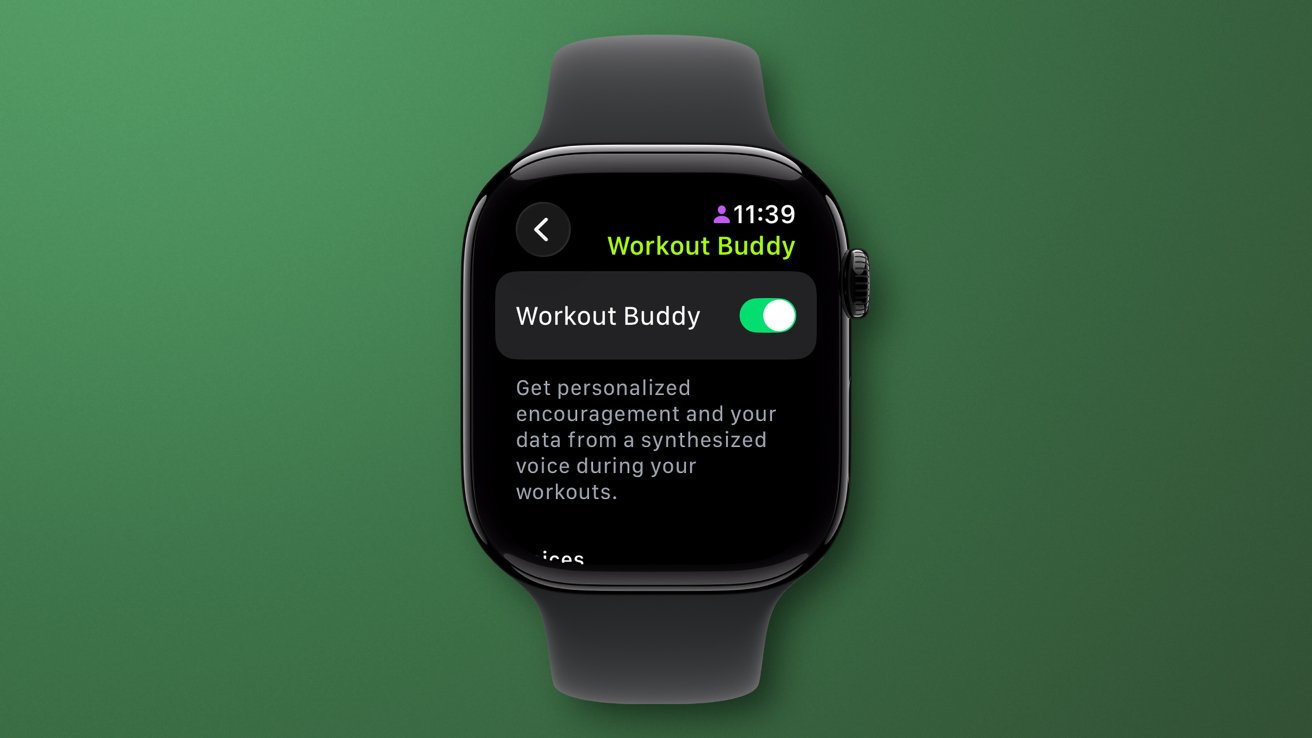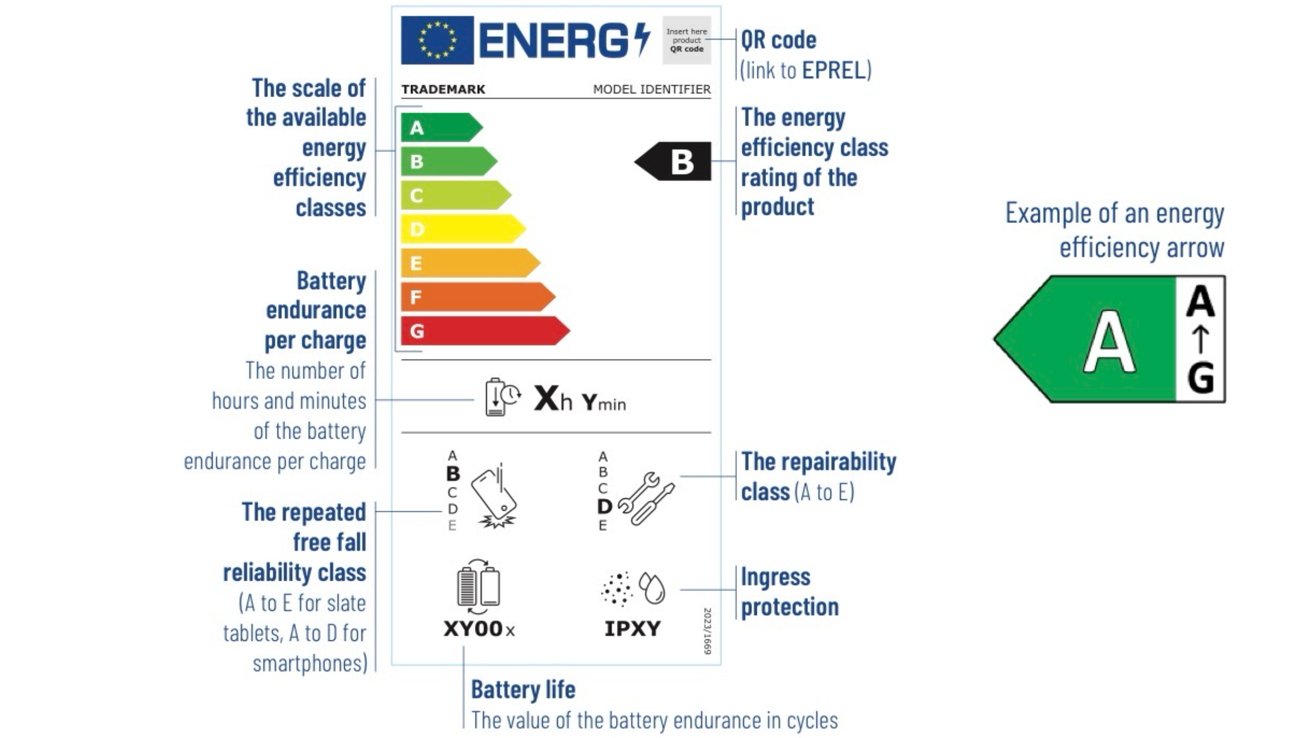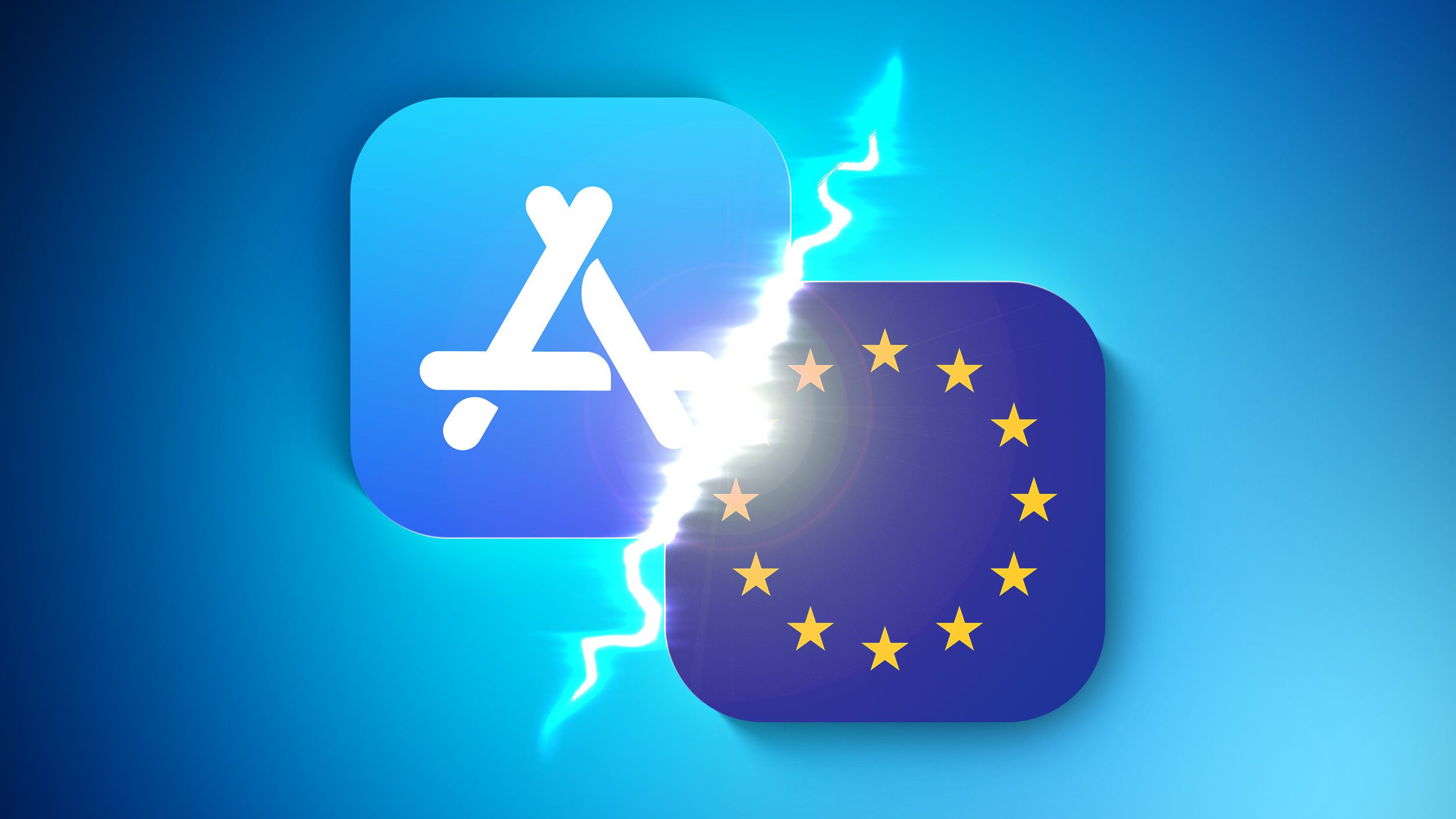IBM Fundamentals: Auto Scaling Demo
The Power of Adaptability: Mastering Auto Scaling with IBM's Demo Service Imagine you're running an e-commerce site. Black Friday is looming. You anticipate a massive surge in traffic, but you don't want to overprovision servers and waste money the rest of the year. Conversely, you absolutely can't afford your site to crash under the load, losing potential sales and damaging your reputation. This is the core challenge of modern application scaling – balancing cost efficiency with unwavering performance and availability. This challenge isn't unique to e-commerce. Financial institutions need to handle peak trading volumes, gaming companies face spikes during game launches, and healthcare providers require consistent performance during critical periods. In fact, a recent IBM study showed that companies experiencing frequent application downtime lose an average of $5,600 per minute. The rise of cloud-native applications, coupled with the increasing emphasis on zero-trust security and hybrid identity management, demands a more dynamic and responsive infrastructure. IBM, serving clients like Maersk, BNP Paribas, and Delta Airlines, understands this need. That’s where the IBM Auto Scaling Demo service comes in. It’s not just about handling spikes; it’s about building resilient, cost-effective applications that adapt to any demand. What is "Auto Scaling Demo"? The IBM Auto Scaling Demo service is a powerful, yet accessible, platform designed to automatically adjust computing resources based on real-time application demand. Think of it as a smart thermostat for your infrastructure. Instead of manually adding or removing servers, the service monitors key metrics – CPU utilization, memory usage, network traffic, and custom metrics – and dynamically scales your application up or down. It solves the problems of over-provisioning (wasting money on unused resources) and under-provisioning (leading to performance bottlenecks and outages). It’s particularly valuable for applications with unpredictable workloads or those experiencing rapid growth. The major components of the Auto Scaling Demo service include: Monitoring Agent: Collects performance metrics from your applications and infrastructure. Scaling Policies: Define the rules for when and how to scale your resources. These policies are based on thresholds and triggers. Scaling Controller: The brain of the operation. It analyzes metrics, evaluates policies, and initiates scaling actions. Resource Pool: The pool of available resources (virtual machines, containers, etc.) that can be scaled up or down. Integration Layer: Connects the service to various IBM Cloud services and third-party tools. Companies like a hypothetical online ticketing platform, "EventNow," use this service to handle surges in traffic during popular event sales. A financial trading platform, "TradeWise," leverages it to scale up during peak trading hours and down during off-peak times. The service isn’t limited to specific industries; it’s a foundational component for any application requiring dynamic scalability. Why Use "Auto Scaling Demo"? Before the advent of automated scaling, organizations relied on manual capacity planning. This involved forecasting demand, purchasing hardware, and manually configuring servers. This process was slow, error-prone, and often resulted in either over-provisioning or under-provisioning. It also required significant IT overhead. Industry-specific motivations are strong: Financial Services: Meeting regulatory requirements for high availability and disaster recovery while handling volatile trading volumes. Retail: Supporting seasonal peaks and promotional events without impacting customer experience. Healthcare: Ensuring consistent performance for critical applications during emergencies and peak patient loads. Let's look at a few user cases: User Case 1: Online Gaming: A game developer launches a new expansion pack. They anticipate a massive influx of players. Without auto-scaling, the game servers could become overloaded, leading to lag and disconnections. The Auto Scaling Demo service automatically scales up the number of game servers to accommodate the increased load, ensuring a smooth gaming experience. User Case 2: Marketing Campaign: A marketing team launches a viral advertising campaign. The campaign drives a significant increase in traffic to their website. The Auto Scaling Demo service automatically scales up the web servers to handle the increased traffic, preventing the website from crashing. User Case 3: Data Analytics: A data science team runs a complex analytical query that requires significant computing resources. The Auto Scaling Demo service automatically scales up the number of compute nodes to accelerate the query processing time. Key Features and Capabilities The IBM Auto Scaling Demo service boasts a rich set of features: Metric-Based Scaling: Scale b

The Power of Adaptability: Mastering Auto Scaling with IBM's Demo Service
Imagine you're running an e-commerce site. Black Friday is looming. You anticipate a massive surge in traffic, but you don't want to overprovision servers and waste money the rest of the year. Conversely, you absolutely can't afford your site to crash under the load, losing potential sales and damaging your reputation. This is the core challenge of modern application scaling – balancing cost efficiency with unwavering performance and availability.
This challenge isn't unique to e-commerce. Financial institutions need to handle peak trading volumes, gaming companies face spikes during game launches, and healthcare providers require consistent performance during critical periods. In fact, a recent IBM study showed that companies experiencing frequent application downtime lose an average of $5,600 per minute. The rise of cloud-native applications, coupled with the increasing emphasis on zero-trust security and hybrid identity management, demands a more dynamic and responsive infrastructure. IBM, serving clients like Maersk, BNP Paribas, and Delta Airlines, understands this need. That’s where the IBM Auto Scaling Demo service comes in. It’s not just about handling spikes; it’s about building resilient, cost-effective applications that adapt to any demand.
What is "Auto Scaling Demo"?
The IBM Auto Scaling Demo service is a powerful, yet accessible, platform designed to automatically adjust computing resources based on real-time application demand. Think of it as a smart thermostat for your infrastructure. Instead of manually adding or removing servers, the service monitors key metrics – CPU utilization, memory usage, network traffic, and custom metrics – and dynamically scales your application up or down.
It solves the problems of over-provisioning (wasting money on unused resources) and under-provisioning (leading to performance bottlenecks and outages). It’s particularly valuable for applications with unpredictable workloads or those experiencing rapid growth.
The major components of the Auto Scaling Demo service include:
- Monitoring Agent: Collects performance metrics from your applications and infrastructure.
- Scaling Policies: Define the rules for when and how to scale your resources. These policies are based on thresholds and triggers.
- Scaling Controller: The brain of the operation. It analyzes metrics, evaluates policies, and initiates scaling actions.
- Resource Pool: The pool of available resources (virtual machines, containers, etc.) that can be scaled up or down.
- Integration Layer: Connects the service to various IBM Cloud services and third-party tools.
Companies like a hypothetical online ticketing platform, "EventNow," use this service to handle surges in traffic during popular event sales. A financial trading platform, "TradeWise," leverages it to scale up during peak trading hours and down during off-peak times. The service isn’t limited to specific industries; it’s a foundational component for any application requiring dynamic scalability.
Why Use "Auto Scaling Demo"?
Before the advent of automated scaling, organizations relied on manual capacity planning. This involved forecasting demand, purchasing hardware, and manually configuring servers. This process was slow, error-prone, and often resulted in either over-provisioning or under-provisioning. It also required significant IT overhead.
Industry-specific motivations are strong:
- Financial Services: Meeting regulatory requirements for high availability and disaster recovery while handling volatile trading volumes.
- Retail: Supporting seasonal peaks and promotional events without impacting customer experience.
- Healthcare: Ensuring consistent performance for critical applications during emergencies and peak patient loads.
Let's look at a few user cases:
- User Case 1: Online Gaming: A game developer launches a new expansion pack. They anticipate a massive influx of players. Without auto-scaling, the game servers could become overloaded, leading to lag and disconnections. The Auto Scaling Demo service automatically scales up the number of game servers to accommodate the increased load, ensuring a smooth gaming experience.
- User Case 2: Marketing Campaign: A marketing team launches a viral advertising campaign. The campaign drives a significant increase in traffic to their website. The Auto Scaling Demo service automatically scales up the web servers to handle the increased traffic, preventing the website from crashing.
- User Case 3: Data Analytics: A data science team runs a complex analytical query that requires significant computing resources. The Auto Scaling Demo service automatically scales up the number of compute nodes to accelerate the query processing time.
Key Features and Capabilities
The IBM Auto Scaling Demo service boasts a rich set of features:
-
Metric-Based Scaling: Scale based on CPU utilization, memory usage, network traffic, disk I/O, and custom metrics.
- Use Case: Scale up web servers when CPU utilization exceeds 70%.
- Flow: Monitoring Agent -> Scaling Controller -> Resource Pool (add servers)
-
Schedule-Based Scaling: Scale based on predefined schedules.
- Use Case: Scale up database servers during business hours and down during off-hours.
- Flow: Schedule -> Scaling Controller -> Resource Pool (adjust servers)
-
Predictive Scaling: Leverage machine learning to predict future demand and proactively scale resources. (Currently in Beta)
- Use Case: Anticipate increased traffic during a major sporting event and scale up servers in advance.
- Flow: ML Model -> Scaling Controller -> Resource Pool (pre-scale servers)
-
Custom Scaling Policies: Define complex scaling rules based on multiple metrics and conditions.
- Use Case: Scale up web servers only if CPU utilization exceeds 70% and network traffic exceeds 500 Mbps.
- Flow: Monitoring Agent -> Scaling Controller (complex logic) -> Resource Pool
- Integration with IBM Cloud Monitoring: Seamlessly integrate with IBM Cloud Monitoring for comprehensive performance monitoring and alerting.
- Integration with IBM Cloud Activity Tracker: Track all scaling events for auditing and compliance purposes.
- Rolling Updates: Perform updates to your applications without downtime by gradually scaling up new versions and scaling down old versions.
- Health Checks: Ensure that newly scaled instances are healthy before routing traffic to them.
- Cooldown Periods: Prevent rapid scaling oscillations by introducing cooldown periods between scaling events.
- Scaling Groups: Manage a collection of instances as a single unit, simplifying scaling operations.
Detailed Practical Use Cases
- E-commerce Website (Retail): Problem: Sudden spikes in traffic during flash sales cause website slowdowns and lost revenue. Solution: Implement metric-based auto-scaling based on CPU utilization and request latency. Outcome: Website remains responsive during peak traffic, maximizing sales and customer satisfaction.
- Financial Trading Platform (Finance): Problem: High-frequency trading requires low latency and high throughput. Solution: Implement schedule-based auto-scaling to increase capacity during peak trading hours. Outcome: Improved trading performance and reduced risk of system failures.
- Healthcare Patient Portal (Healthcare): Problem: Increased patient portal usage during flu season strains system resources. Solution: Implement predictive scaling based on historical usage data and external factors (e.g., flu outbreak reports). Outcome: Consistent performance and availability of the patient portal, ensuring timely access to healthcare information.
- Online Gaming Server (Gaming): Problem: New game release causes a massive influx of players, overwhelming game servers. Solution: Implement custom scaling policies based on player count and server load. Outcome: Smooth gaming experience for all players, even during peak demand.
- Data Analytics Pipeline (Data Science): Problem: Long query processing times due to limited computing resources. Solution: Implement metric-based auto-scaling based on CPU utilization and memory usage. Outcome: Faster query processing times and improved data insights.
- Mobile Application Backend (Mobile): Problem: Unpredictable user activity patterns make it difficult to provision the right amount of resources. Solution: Implement rolling updates with auto-scaling to ensure seamless application updates and optimal performance. Outcome: Improved application stability and user experience.
Architecture and Ecosystem Integration
The IBM Auto Scaling Demo service is a core component of the IBM Cloud platform, seamlessly integrating with other IBM services.
graph LR
A[User Request] --> B(Load Balancer);
B --> C{Auto Scaling Demo};
C --> D[Virtual Servers/Containers];
D --> E(Application);
E --> F[Database];
C --> G[IBM Cloud Monitoring];
C --> H[IBM Cloud Activity Tracker];
G --> C;
H --> I[Security Information and Event Management (SIEM)];
J[Terraform/CLI] --> C;
Integrations:
- IBM Cloud Kubernetes Service: Auto-scale Kubernetes pods based on resource utilization.
- IBM Cloud Virtual Servers: Dynamically add or remove virtual servers based on demand.
- IBM Cloud Databases: Scale database capacity to handle increased workloads.
- IBM Cloud Monitoring: Monitor application performance and trigger scaling events.
- IBM Cloud Activity Tracker: Audit all scaling events for compliance purposes.
- Terraform: Infrastructure as Code for automated provisioning and scaling.
Hands-On: Step-by-Step Tutorial (Using IBM Cloud CLI)
This tutorial demonstrates how to create a simple auto-scaling policy using the IBM Cloud CLI.
Prerequisites:
- IBM Cloud account
- IBM Cloud CLI installed and configured
- Resource group created
Steps:
-
Login to IBM Cloud:
ibmcloud login -
Set the target resource group:
ibmcloud target -g - Create a scaling policy:
ibmcloud resource autoscaling-policy create --resource-group --resource-type virtual_server --resource-name --policy-name my-scaling-policy --metric cpu_utilization --threshold 70 --action add_instance --cooldown-period 60
-
--resource-group: Your resource group ID. -
--resource-type: The type of resource to scale (e.g.,virtual_server). -
--resource-name: The name of the resource to scale. -
--policy-name: A unique name for your scaling policy. -
--metric: The metric to monitor (e.g.,cpu_utilization). -
--threshold: The threshold value for the metric. -
--action: The action to take when the threshold is exceeded (e.g.,add_instance). -
--cooldown-period: The cooldown period in seconds.
Verify the scaling policy:
ibmcloud resource autoscaling-policy get --resource-group--policy-name my-scaling-policy Test the scaling policy: Generate load on your virtual server to exceed the CPU utilization threshold. Monitor the number of instances to verify that the scaling policy is working as expected.
Pricing Deep Dive
The IBM Auto Scaling Demo service pricing is based on the number of scaling policies you create and the number of scaling events that occur. There's a free tier that allows you to create a limited number of policies and scaling events.
- Free Tier: Up to 5 scaling policies, 100 scaling events per month.
- Standard Tier: $10 per month for up to 50 scaling policies, 1000 scaling events per month.
- Premium Tier: Custom pricing for unlimited scaling policies and scaling events.
Cost Optimization Tips:
- Optimize scaling policies: Avoid overly aggressive scaling policies that can lead to unnecessary costs.
- Use predictive scaling: Proactively scale resources to avoid reactive scaling, which can be more expensive.
- Right-size instances: Choose the appropriate instance size for your workload to minimize resource consumption.
Cautionary Notes: Scaling events can incur costs for additional resources. Monitor your usage carefully to avoid unexpected charges.
Security, Compliance, and Governance
The IBM Auto Scaling Demo service is built with security in mind. It leverages IBM Cloud's robust security infrastructure and complies with industry-leading security standards.
- Data Encryption: Data is encrypted in transit and at rest.
- Identity and Access Management (IAM): Control access to the service using IAM roles and permissions.
- Compliance Certifications: Complies with SOC 2, ISO 27001, and other relevant certifications.
- Auditing: All scaling events are logged and auditable.
Integration with Other IBM Services
- IBM Cloud Functions: Auto-scale serverless functions based on event triggers.
- IBM Cloud Code Engine: Auto-scale containerized applications without managing infrastructure.
- IBM Cloud Schematics: Automate the deployment and configuration of auto-scaling infrastructure.
- IBM Watson Discovery: Analyze application logs and metrics to identify scaling opportunities.
- IBM Cloud Observability by Dynatrace: Gain deep insights into application performance and optimize scaling policies.
Comparison with Other Services
| Feature | IBM Auto Scaling Demo | AWS Auto Scaling | Google Cloud Autoscaler |
|---|---|---|---|
| Ease of Use | Very Easy | Moderate | Moderate |
| Integration with IBM Ecosystem | Excellent | Limited | Limited |
| Predictive Scaling | Beta | Available | Available |
| Pricing | Competitive | Competitive | Competitive |
| Customization | High | High | High |
Decision Advice: If you're heavily invested in the IBM Cloud ecosystem, the IBM Auto Scaling Demo service offers seamless integration and ease of use. AWS and Google Cloud offer more mature auto-scaling capabilities, but require more configuration and expertise.
Common Mistakes and Misconceptions
- Setting overly aggressive thresholds: Leads to unnecessary scaling events and increased costs. Fix: Carefully tune thresholds based on application performance data.
- Ignoring cooldown periods: Causes rapid scaling oscillations. Fix: Configure appropriate cooldown periods.
- Not monitoring scaling events: Makes it difficult to identify and resolve scaling issues. Fix: Monitor scaling events using IBM Cloud Monitoring and Activity Tracker.
- Failing to right-size instances: Leads to inefficient resource utilization. Fix: Choose the appropriate instance size for your workload.
- Assuming auto-scaling is a "set it and forget it" solution: Requires ongoing monitoring and optimization. Fix: Regularly review and adjust scaling policies based on application performance data.
Pros and Cons Summary
Pros:
- Easy to use and configure.
- Seamless integration with IBM Cloud services.
- Cost-effective.
- Improves application availability and performance.
- Reduces IT overhead.
Cons:
- Predictive scaling is currently in Beta.
- Limited features compared to more mature auto-scaling services.
- Requires careful monitoring and optimization.
Best Practices for Production Use
- Security: Implement strong IAM policies to control access to the service.
- Monitoring: Monitor scaling events and application performance using IBM Cloud Monitoring.
- Automation: Automate the deployment and configuration of auto-scaling infrastructure using Terraform or other infrastructure-as-code tools.
- Scaling: Test scaling policies thoroughly before deploying them to production.
- Policies: Establish clear scaling policies and procedures.
Conclusion and Final Thoughts
The IBM Auto Scaling Demo service is a powerful tool for building resilient, cost-effective applications. It simplifies the process of dynamic scaling, allowing you to focus on innovation rather than infrastructure management. As cloud-native applications become increasingly prevalent, auto-scaling will become even more critical. IBM is committed to continuously enhancing the Auto Scaling Demo service with new features and capabilities, including improved predictive scaling and deeper integration with other IBM Cloud services.
Ready to take the next step? Sign up for an IBM Cloud account today and start experimenting with the Auto Scaling Demo service. Explore the documentation and tutorials to learn more about its capabilities. Don't just react to demand – anticipate it with IBM Auto Scaling.














































































































































































![[The AI Show Episode 154]: AI Answers: The Future of AI Agents at Work, Building an AI Roadmap, Choosing the Right Tools, & Responsible AI Use](https://www.marketingaiinstitute.com/hubfs/ep%20154%20cover.png)
![[The AI Show Episode 153]: OpenAI Releases o3-Pro, Disney Sues Midjourney, Altman: “Gentle Singularity” Is Here, AI and Jobs & News Sites Getting Crushed by AI Search](https://www.marketingaiinstitute.com/hubfs/ep%20153%20cover.png)































































































































































































![GrandChase tier list of the best characters available [June 2025]](https://media.pocketgamer.com/artwork/na-33057-1637756796/grandchase-ios-android-3rd-anniversary.jpg?#)














































.png?width=1920&height=1920&fit=bounds&quality=70&format=jpg&auto=webp#)





![Apple Weighs Acquisition of AI Startup Perplexity in Internal Talks [Report]](https://www.iclarified.com/images/news/97674/97674/97674-640.jpg)















_Frank_Peters_Alamy.jpg?width=1280&auto=webp&quality=80&disable=upscale#)



































































































![Samsung’s Galaxy Z Fold 7 looks positively svelte in dummy hands-on [Video]](https://i0.wp.com/9to5google.com/wp-content/uploads/sites/4/2025/06/Worlds-First-Look-Hands-On-with-the-Galaxy-Z-Fold-7-dummy-1-1-screenshot.png?resize=1200%2C628&quality=82&strip=all&ssl=1)









![Oakley and Meta Launch Smart Glasses for Athletes With AI, 3K Camera, More [Video]](https://www.iclarified.com/images/news/97665/97665/97665-640.jpg)

![How to Get Your Parents to Buy You a Mac, According to Apple [Video]](https://www.iclarified.com/images/news/97671/97671/97671-640.jpg)



















![New accessibility settings announced for Steam Big Picture Mode and SteamOS [Beta]](https://www.ghacks.net/wp-content/uploads/2025/06/New-accessibility-settings-announced-for-Steam-Big-Picture-Mode-and-SteamOS.jpg)


















































